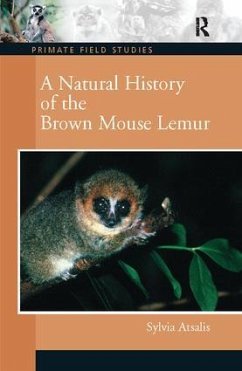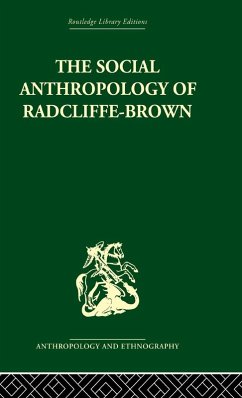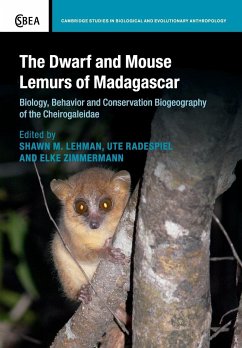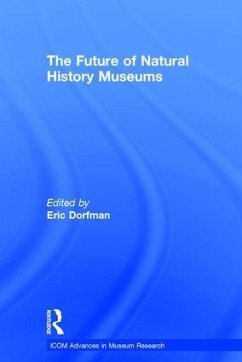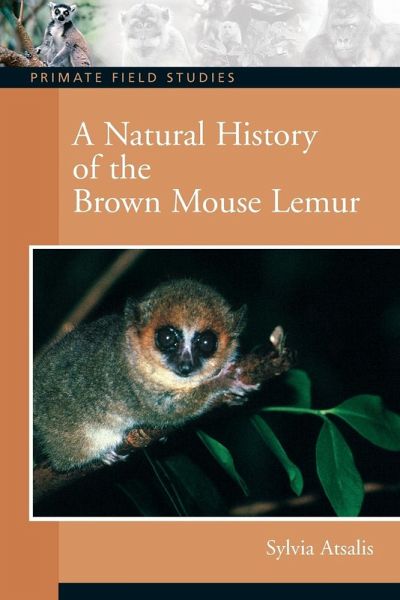
A Natural History of the Brown Mouse Lemur
Versandkostenfrei!
Versandfertig in 1-2 Wochen
56,99 €
inkl. MwSt.
Weitere Ausgaben:

PAYBACK Punkte
28 °P sammeln!
This text can be used for any undergraduate or graduate course with a primate behavior or primate ecology component. It can also be used as supplemental reading, for any advanced animal behavior class. There are very few books that address the biology of nocturnal primates. There are even fewer that delve with any detail regarding the behavior of specific species. These animals are difficult to follow. Their diminutive size, the thickness of the vegetation, and their nocturnal habits, make the study of their habits a demanding task.Through a trial of patience, Sylvia Atsalis has undertaken thi...
This text can be used for any undergraduate or graduate course with a primate behavior or primate ecology component. It can also be used as supplemental reading, for any advanced animal behavior class. There are very few books that address the biology of nocturnal primates. There are even fewer that delve with any detail regarding the behavior of specific species. These animals are difficult to follow. Their diminutive size, the thickness of the vegetation, and their nocturnal habits, make the study of their habits a demanding task.Through a trial of patience, Sylvia Atsalis has undertaken this task. Here she provides an in depth view at the life and behavioral patterns of these tiny primates. A Natural History of the Brown Mouse Lemur provides the most complete look at the behavior and ecology of mouse lemurs.





